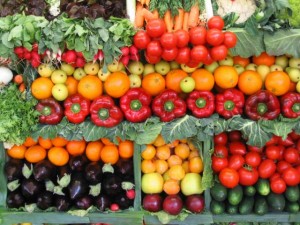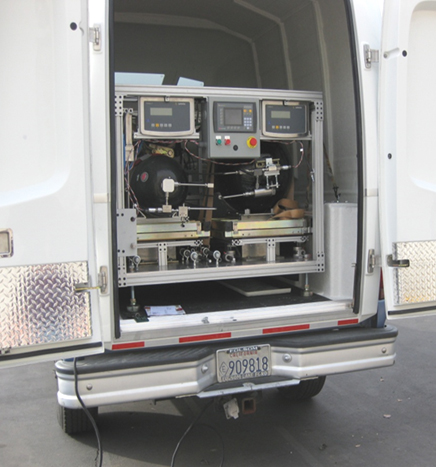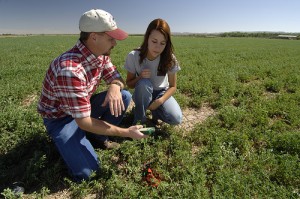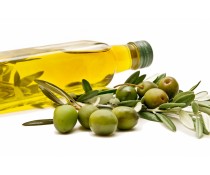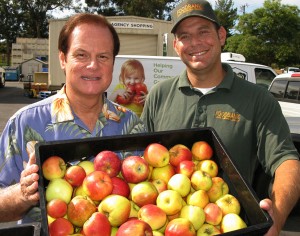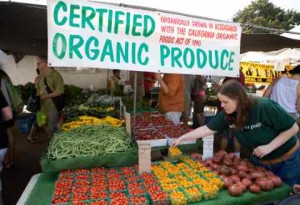The U.S. Department of Agriculture’s (USDA) Agricultural Marketing Service (AMS) and National Institute for Food and Agriculture (NIFA) have announced a partnership through the Agricultural Marketing Service Technical Assistance (AMSTA) Project to conduct workshops that will help potential grant applicants understand, develop, and submit their federal grant applications for the Farmers Market and Local Food Promotion Program.
“The Farmers Market and Local Food Promotion Program is a key to USDA’s efforts to revitalize rural economies by supporting local and regional food systems,” said AMS Administrator Anne Alonzo. “The grant workshops will ensure that more communities and businesses across the country can participate in the competitive grant process with proposals that create real economic opportunities and help meet the growing demand for locally and regionally produced food.”
Cooperative Extension System educators will provide training in all regions of the country, and NIFA will conduct outreach to raise awareness of AMS grant opportunities and increase participation in the programs. The AMS and NIFA collaborative effort for this innovative national training project will be directed by Dr. Stephan J. Goetz of the Northeast Regional Center for Rural Development based at Penn State University.
A list of upcoming grant workshop dates and locations can be found at http://www.amsta.net. More workshops will be added soon, and the State representatives listed on the website can be contacted for additional information about upcoming workshops. Some of the workshop sessions will be recorded and available for online viewing for those not able to attend in person.
With $30 million authorized annually by the Agricultural Act of 2014 (Farm Bill) through fiscal year 2018, AMS’s Farmers Market and Local Food Promotion Program awards competitive grants to develop new market opportunities for farm and ranch operations serving local and regional markets. The Farmers Market Promotion Program supports farmers markets and other direct producer-to-consumer activities, while the Local Food Promotion Program supports enterprises that aggregate, store, distribute and process local and regional food.
USDA’s Know Your Farmer, Know Your Food Initiative (KYF2) coordinates USDA’s support for local and regional food systems. Projects aligned with these efforts can be found on the Know Your Farmer, Know Your Food Compass. For more information on AMS visit www.ams.usda.gov, and for more on NIFA visit www.nifa.usda.gov.



